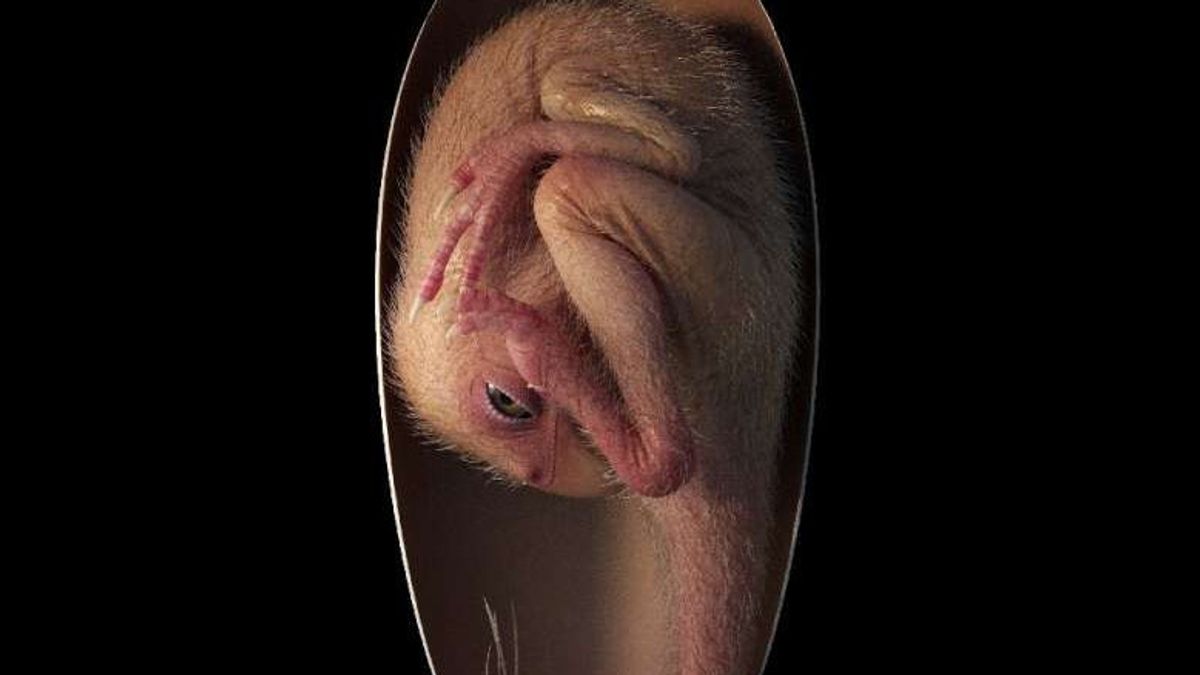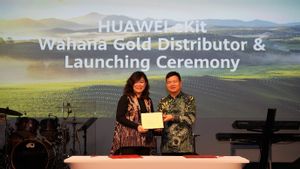JAKARTA - The dinosaur embryo which is claimed to be 66 million years ago will soon hatch from its egg, and looks like a bird.
Scientists say the embryos when found were immediately preserved by them. According to reports, the fossil was found in Ganzhou, southern China and belongs to the theropod dinosaur or oviraptorosaur, which scientists have dubbed Baby Yingliang.
"This is one of the best dinosaur embryos ever found in history," said University of Birmingham researcher Fion Waisum Ma, who co-authored the paper.

Ma and his colleagues found Baby Yingliang's head with legs on either side and an arched back, a posture not previously seen in dinosaurs, but similar to modern birds. However, scientists suspect they may have descended from unborn dinosaurs.
"This suggests that such behavior in modern birds first evolved and originated from their dinosaur ancestors," Ma said.
Oviraptorosaurus, which means egg-stealing lizard was a feathered dinosaur, living in places like Asia and North America during the Cretaceous period. They had a varied beak shape and diet, ranging in size from a turkey on the lower end to the large Gigantoraptor, which was eight meters (26 ft) long.
Meanwhile, Baby Yingliang measures about 27 centimeters (10.6 inches) from head to tail, and is located inside a 17 centimeter long egg at the Yingliang Stone Natural History Museum.
Scientists believe the creature is between 72 and 66 million years old, and was probably preserved by a sudden landslide that then buried the egg, protecting it from anything for thousands of years. He will grow to two to three meters if he lives to adulthood.
The specimen is one of several egg fossils that have been forgotten in storage for decades. Scientists hope to study Baby Yingliang in greater detail using advanced scanning techniques to delineate her complete skeleton, including skull bones, as part of her body is still covered in rock. In fact, this has been published in the journal iScience.
The English, Chinese, Japanese, Arabic, and French versions are automatically generated by the AI. So there may still be inaccuracies in translating, please always see Indonesian as our main language. (system supported by DigitalSiber.id)










